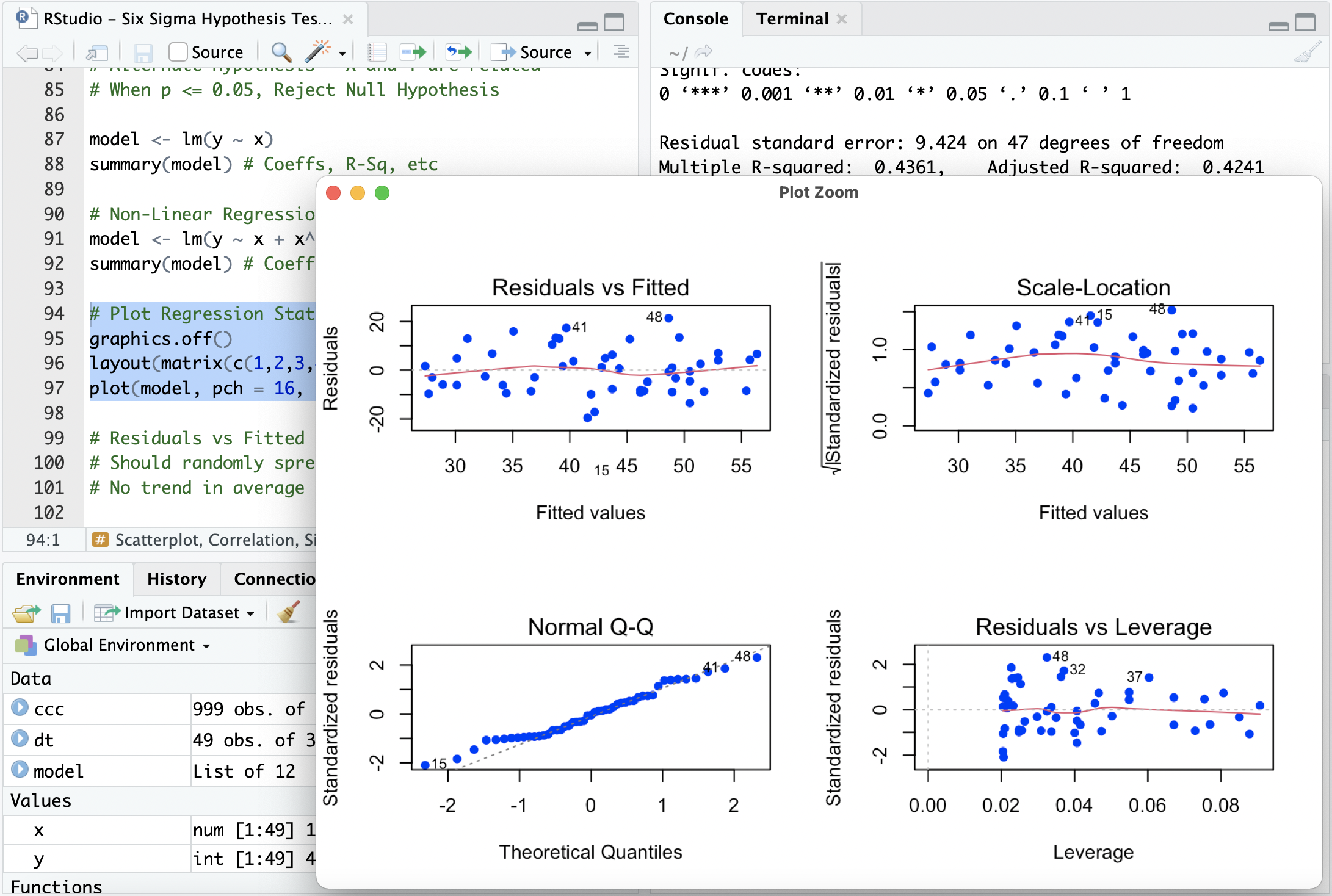

Note that this is often not the hypothesis that is of interest when dealing with unbalanced data. In other words, it is testing the first factor without controlling for the other factor (for further discussion and a worked example, see Zahn ). In practical terms, this means that the results are dependent on the realized sample sizes, namely the proportions in the particular data set. This tests the main effect of factor A, followed by the main effect of factor B after the main effect of A, followed by the interaction effect AB after the main effects.īecause of the sequential nature and the fact that the two main factors are tested in a particular order, this type of sums of squares will give different results for unbalanced data depending on which main effect is considered first.įor unbalanced data, this approach tests for a difference in the weighted marginal means. Type I, also called “sequential” sum of squares: The different types of sums of squares then arise depending on the stage of model reduction at which they are carried out. The notation shows the incremental differences in sums of squares, for example SS(AB | A, B) represents “the sum of squares for interaction after the main effects”, and SS(A | B) is “the sum of squares for the A main effect after the B main effect and ignoring interactions”. It is convenient to define incremental sums of squares to represent these differences. For example, to determine the presence of an interaction effect, an F-test of the models SS(A, B, AB) and the no-interaction model SS(A, B) would be carried out. The influence of particular factors (including interactions) can be tested by examining the differences between models. Other models are represented similarly: SS(A, B) indicates the model with no interaction, SS(B, AB) indicates the model that does not account for effects from factor A, and so on.
RSTUDIO ANOVA FULL
The full model is represented by SS(A, B, AB).

However, it essentially comes down to testing different hypotheses about the data.Ĭonsider a model that includes two factors A and B there are therefore two main effects, and an interaction, AB. Which type to use has led to an ongoing controversy in the field of statistics (for an overview, see Heer ). There are at least 3 approaches, commonly called Type I, II and III sums of squares (this notation seems to have been introduced into the statistics world from the SAS package but is now widespread). When data is unbalanced, there are different ways to calculate the sums of squares for ANOVA.

Fisher in 1925, for the case of balanced data (equal numbers of observations for each level of a factor). ANOVA is a statistical process for analysing the amount of variance that is contributed to a sample by different factors.


 0 kommentar(er)
0 kommentar(er)
